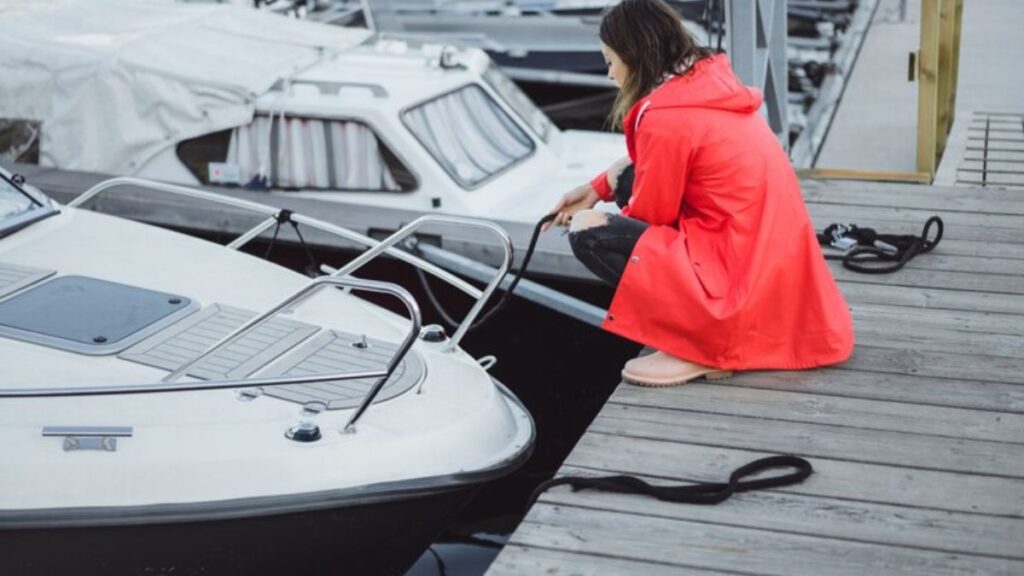Purchasing your first boat is an exciting step that promises adventure, relaxation, and fun on the water, whether for fishing trips, sunset cruises, or family outings. While the process can be thrilling, it can also feel overwhelming, with many decisions to make. A structured approach can help you find the perfect vessel for your needs and lifestyle without feeling stressed. Here are seven essential steps to guide you through the boat-buying journey and help you make a confident, informed choice.
1. Define Your Boating Needs
The first step in your adventure is determining what boating activities you plan to engage in. Consider whether you’ll primarily use the boat for fishing, cruising, skiing, or relaxing. Once you have a clear idea of your desired activities, you can narrow down the boat types that suit your needs. For example, a pontoon boat is perfect for leisurely outings, while a speedboat is ideal for water sports.
To define your boating needs, assess how many people will typically be on board and if you require sleeping accommodations for overnight trips. Think about the water conditions in your area, which can dictate the size and type of the boat you need. This clarity will simplify the remaining steps as you move forward.
2. Consider Financing Options
This consideration should happen early in the buying process, as it influences your budget and choices. Many people need to realize that various financial institutions offer loans specifically for boat purchases, allowing you to explore boat loan options that fit your situation. Before committing to a loan, shop for the best interest rates and terms. Being informed about your financing will help you negotiate a better deal on the boat itself and ensure you stay within your budget for years to come.
3. Set Your Budget
No purchase comes without its costs, and boating is no exception. Establishing a budget is crucial for ensuring you remain within your financial limits. Consider not only the purchase price of the boat itself but also the expenses related to insurance, maintenance, storage, and fuel. Understanding these ongoing costs will provide a fuller picture of your investment.
While researching various boats is essential, sticking to your budget is equally vital. Explore financing options and be realistic about what you can afford. Avoid getting swept up in the excitement of your first boat purchase, and remember that owning a boat carries year-round costs that need consideration.
4. Research Boat Types
With a clearer understanding of your needs and a defined budget, it’s time to research different boat types. A vast array of vessels are available, ranging from sailboats to smaller inflatable boats. Allocate time to learn about each type’s specific features, advantages, and disadvantages to figure out what aligns with your boating needs.
Consult resources like boating magazines, online forums, and local boating shows to gain insights. Reviewing other boat owners can also provide valuable information and help you refine your search. Researching boat types thoroughly is vital to making a well-informed decision.
5. Take a Boating Safety Course
Before purchasing, it’s wise to take a boating safety course. Such courses cover essential safety skills and provide valuable knowledge of handling your boat properly on the water. Many courses are available online and can often be completed at your own pace. Many options such as the Texas boater safety course are available online and can often be completed at your own pace.
Additionally, completing a safety course may even lower your insurance premiums. Companies often provide discounts for boat owners who complete such training. Therefore, investing time in this step increases your confidence and can lead to financial savings.
6. Start Exploring Options
Now that you have a defined need, a budget, and a safety knowledge base, it’s time to start exploring different options. Visit dealerships, attend boat shows, and browse online marketplaces. Seeing several boats firsthand allows you to compare features, feel the quality, and assess what truly suits you. Remember to consult with friends or family who own boats, as their guidance can offer practical insights. They may recommend reputable dealerships or brands that meet your needs. Take the opportunity to gather as much information as possible as you formulate your preferences.
7. Arrange for Sea Trials
After narrowing your choices, arrange for sea trials. This step is crucial, as it gives you the experience of how the boat handles the water. On board, pay attention to performance aspects like speed, maneuverability, and comfort. During this trial, envision how you would feel during a typical outing.
A flourishing sea trial can give you the final reassurance you need to make a purchase. Don’t shy away from asking the dealer or owner questions about how the boat responds under different conditions and more technical aspects. The more you know, the better equipped you will be when making the final decision.
Buying your first boat is an exciting milestone that allows you to create lasting memories on the water. Each step in the process contributes to a more informed and gratifying purchase. Embrace the adventure and experience the joy of being out on the water with your very own vessel.







